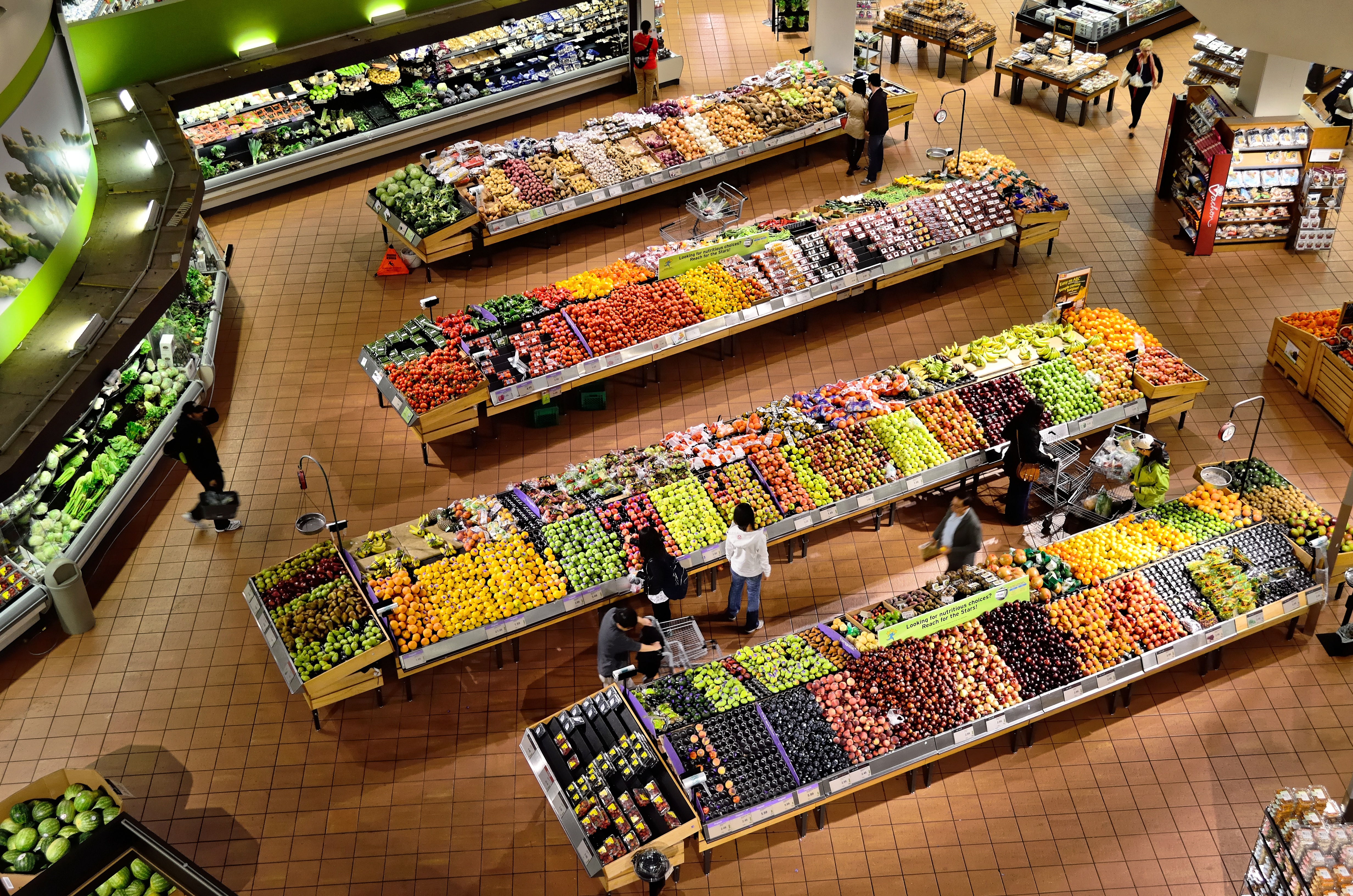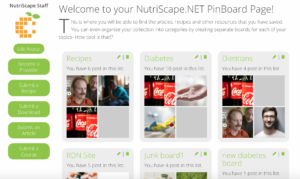Looking at a food label for the first time such an overwhelming experience, even if you know something about nutrition. Grams, percent of daily value… it’s enough to make anyone want to look away and never look back.
Still, when you are trying to eat healthy, a food label has many of the answers you would be looking for. Restaurant labeling can be particularly eye opening. Yet, one small fast food study showed that only 60% of people noticed food labels, and only 16% considered them when choosing what to order. Food labels provide us with information about a food’s calories, fat content, sodium, and more. Knowing what is most important on a food label is something that is really somewhat your specific health goals. If you have cholesterol or blood sugar issues or are trying to manage your weight, registered dietitian/nutritionist can help by setting you up with specific personalized guidelines for interpreting all those numbers. Some generalized information is published in an article by Sophie Egan in The New York Times.
Here’s a Start on The Fundamentals of Food Labels
While food labels contain a massive amount of information, the two most fundamental and important things are the ingredients list and the serving size. The ingredients list is exactly as described, all of the ingredients making up the food in the package. They’re listed in order of greatest volume to least, meaning the first item listed is the most used ingredient. Generally, you can expect the first ingredient to be the most important, but you should always read the entire list to see where unhealthy items like sugars and oils rank on it.
When you get to the numbers, the first thing to look for is serving size. The serving size is the intended amount of food you’re supposed to eat in one sitting, and how many calories that is. Many packages might be misleading when it comes to serving size compared to the size of the container itself. Manufacturers know that smaller numbers make their products look healthier. For example, the label for a small tub of ice cream that seems just right for one person lists 230 calories per serving. What you might miss from that is that there are four servings total in the container, meaning you’re actually eating more than 900 calories if you eat it all at once.
There’s far more information food labels have to offer. Consult the full guide in this article by Sophie Egan in The New York Times

 Scan Me!
Scan Me!


